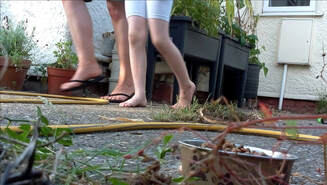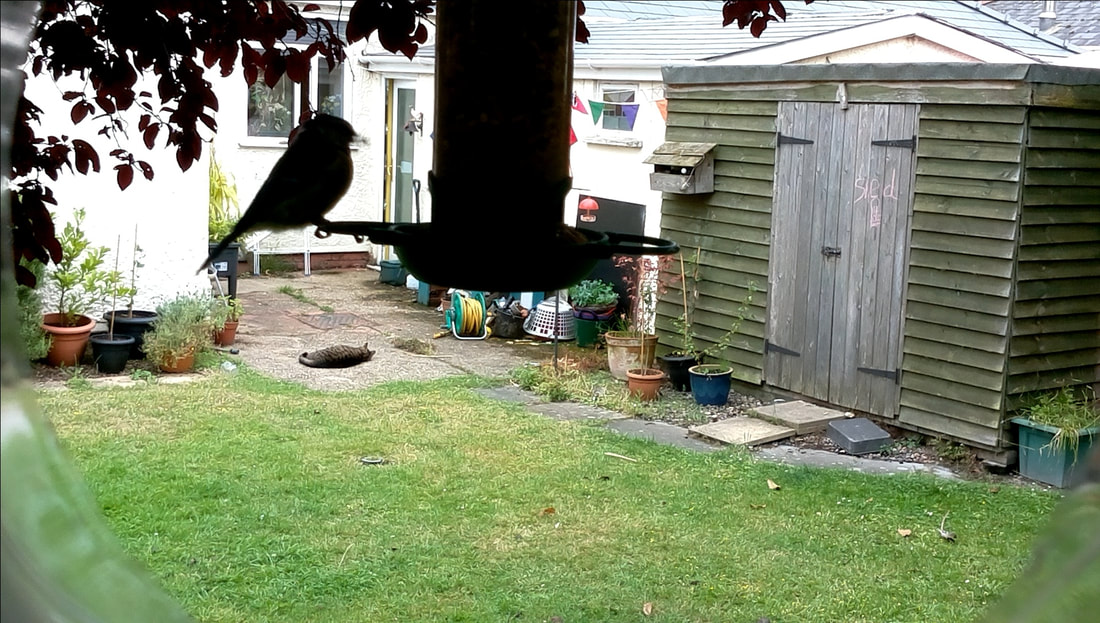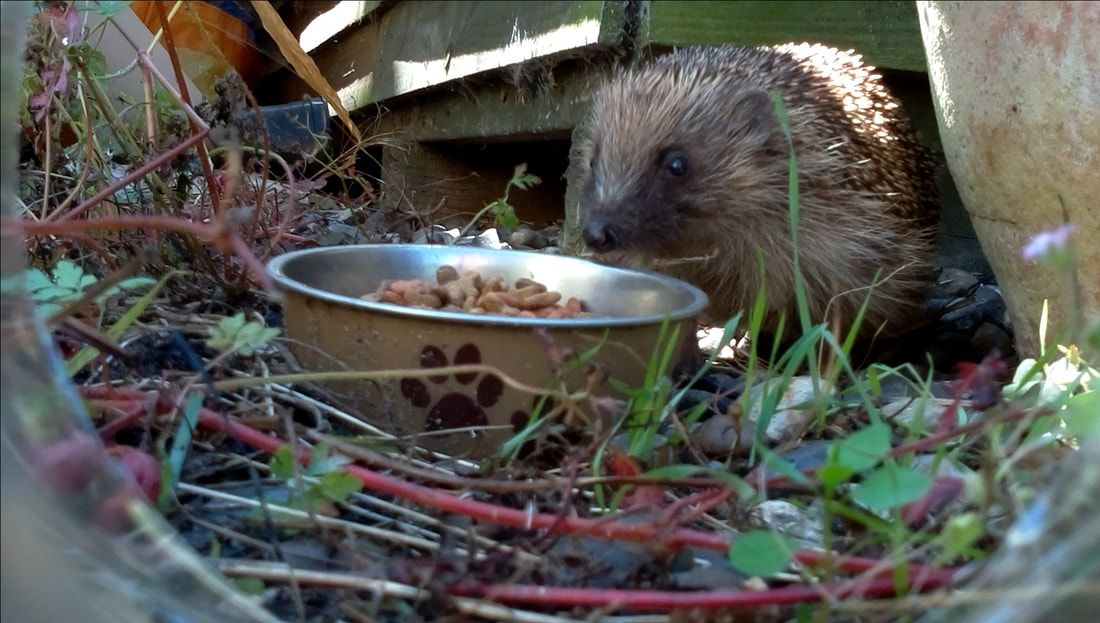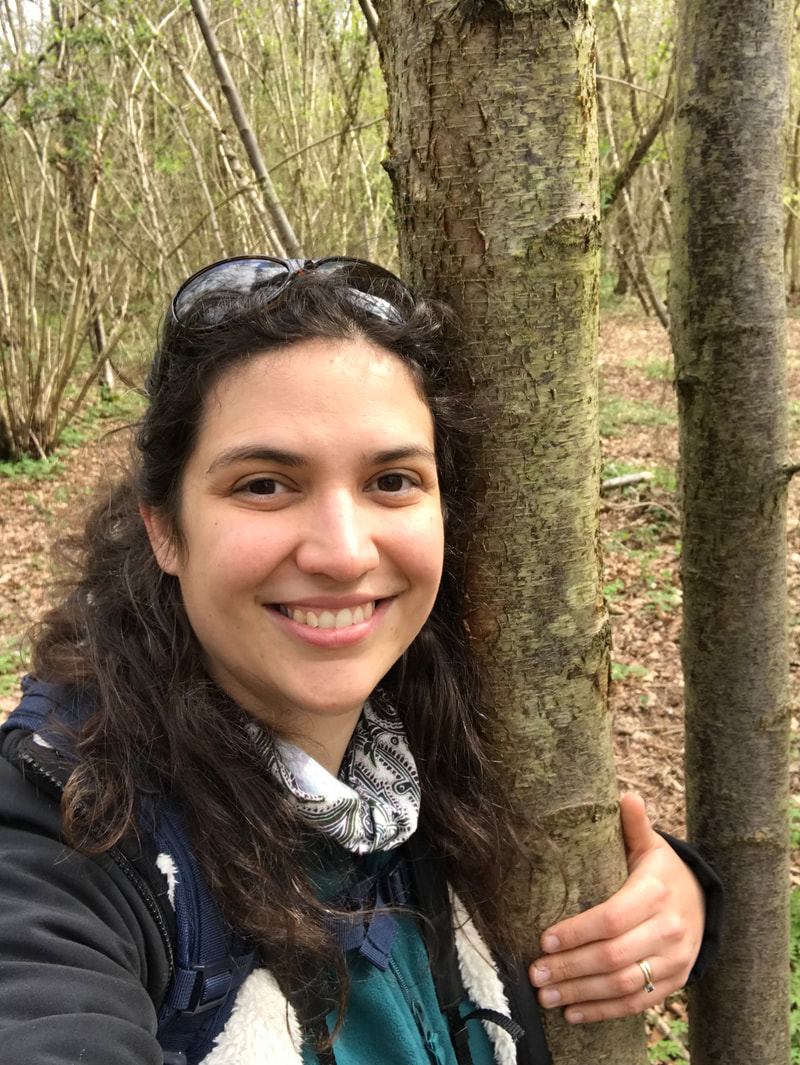My Naturewatch is a collaborative design research project between the Interaction Research Studio at Goldsmiths University and the Design Products Programme at the Royal College of Art, funded by the Engineering and Physical Sciences Research Council.
Amelia and I went along to Lackford Lakes for a day's course learning how to build the camera with Suffolk Wildlife Trust, where we had the opportunity to "adopt" a camera for a week.
Amelia and I went along to Lackford Lakes for a day's course learning how to build the camera with Suffolk Wildlife Trust, where we had the opportunity to "adopt" a camera for a week.
It is a really neat piece of kit! It is a raspberry pi with a teeny camera and a micro SD card. We used a tupperware box which we drilled a hole in for the camera lens to fit in. This keeps the whole kit dry. We then had to cut the top off a bottle and drill a hole in the lid. This then sticks onto the box to create a shield for the lens. The whole thing took about fifteen minutes to do, although we had to resort to using an electric drill for the holes as the hand drills were making the edges too rough. Once assembled, we connected my phone to the local wifi network and were thrilled to get an immediate picture up on the screen!
A lot of our first pictures were of us and our legs every time someone walked past the camera! It is highly sensitive to movement and you can choose the level of sensitivity from your phone or computer. We tried putting ours near a bowl of cat biscuits near our shed, where we knew we had a family of hedgehogs and rats living behind it. We also currently have a cat visiting us on a daily basis, so he was a regular visitor to the camera!
We got very lucky pretty immediately and had regular visits from at least two of the hedgehogs and the parent rat with two young babies. The cat made an appearance in some of the evening shots, along with the hedgehog. Other visitors included a pigeon and a blackbird. Unfortunately the weather was not great most of the week and was really windy and cloudy, which meant we got a lot of photos of the food station with no creatures. I tried hanging the camera up in the tree to photograph the bird feeders (see top photo) but again, the wind got in the way or the light was too low. We got one shot of a blue tit on a feeder but only as a silhouette.
Our most successful location for the camera was on the ground where it was more protected from the wind. We got a lovely succession of photos near the shed of the rat family having lunch!
Our favourite (and much more welcome) inhabitant was definitely the hedgehog. It was thrilling to get to see it eating!
She also made some evening appearances too, which tripped the movement-sensitive outdoor light enough to see for the camera! The cat didn't seem to mind sharing the food...
Overall it has been a really exciting and interesting experience for all of us. A lot of trial and error in positioning the camera to counteract the wind either moving the camera or blowing leaves that trigger the shutter to fire. Much fighting with technology to stop phones and iPads reverting to the house wifi when trying to set up each day! I was extremely impressed with the quality of the photos and the simplicity of the set up. It was very child-friendly to create and use, and mostly weatherproof. We will definitely be getting one for our garden as it has been really rewarding.
A huge thank you to Sophie and the learning team at Lackford Lakes, Suffolk Wildlife Trust for giving us this opportunity to be part of the trials! I would highly recommend a My Naturewatch Camera to any budding young naturalists!
Steph x
A huge thank you to Sophie and the learning team at Lackford Lakes, Suffolk Wildlife Trust for giving us this opportunity to be part of the trials! I would highly recommend a My Naturewatch Camera to any budding young naturalists!
Steph x























 RSS Feed
RSS Feed

